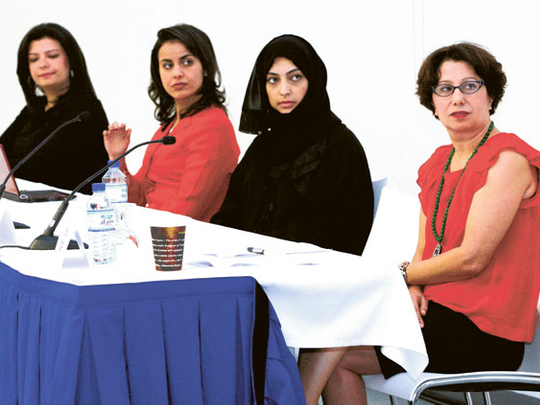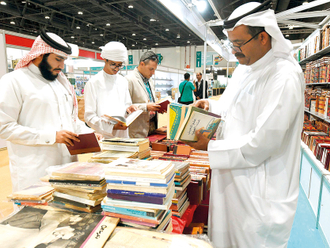
A recent trend shows increasing female enrolments into computer science and technology degrees at universities across the UAE although there remains a shortage of female faculty members in the field.
This finding was revealed at the New York University Abu Dhabi (NYUAD) last week during a public seminar about ‘Arab women in IT' to conclude a three-day conference.
"We can see a trend of increasing female enrolments into computing fields," Shayma Al Qubaisi, assistant professor of computer science at UAE University (UAEU), said. "We can see it's between 30 and 80 per cent in most of the UAE's major universities. However, the number of female faculty remains quite low."
Shayma presented the findings of recent collaborative academic research between faculty at institutions such as UAEU, Zayed University (ZU) and NYUAD. The data collected was for this current academic year and over the course of the last three years for some institutions.
For instance, across the Higher Colleges of Technology's (HCT) 17 campuses, 70 per cent of the undergraduate students in the college of computer and information science are female.
Shayma's presentation indicated there were 1,707 female students enrolled at the HCT's IT programme versus 727 males. A similar skew was indicated at UAEU where female students make up 69 per cent of IT undergraduates and 81 per cent of IT post graduate students. However, there are only four female computer science faculty members versus 36 males, resulting in only a 10 per cent female faculty representation.
"At UAEU, we don't have problem with percentage of females being students but there is a problem with faculty representation," Shayma said.
"This is a trend we see with other universities too, such as ZU."
Challenges
She added at ZU for three consecutive years, starting from 2009, the female percentage of undergraduate majors in the college of computer science and IT has remained between 60 to 80 per cent.
"However, the female to male ratio of faculty is five to 16, which is less than a 30 per cent female representation."
The increasing female IT programme enrolment trend also spills over to some of the country's major private institutions such as the American University of Sharjah (AUS).
"At AUS, the percentage of females enrolled in undergraduate computer and science programmes is between 30 to 40 per cent," she said.
"This may be lower than other major [federal] universities represented in the study, but is still higher when compared to places like the US for example."
Although the American University in Dubai (AUD) has the lowest female enrolment percentage, it still indicated a growth.
"Over three years, AUD has seen female enrolments go from 21 to 27 per cent, which means it's getting higher but is still lower than other universities."
Shayma added that a main challenge perpetuating the shortage of female IT faculty, mainly at federal institutions, is cultural barriers. Such issues hinder Emirati female computer science undergraduates from pursuing quality postgraduate education, which can then be contributed to the country's academic instruction resource pool.
"Typically, many [Emirati] female students are excellent and graduate with high GPAs and wish they had opportunities to further their education abroad," Shayma said. "Although there are many opportunities, what blocks them from going to pursue a postgraduate education abroad is a lack of family approval as well as other cultural factors."













